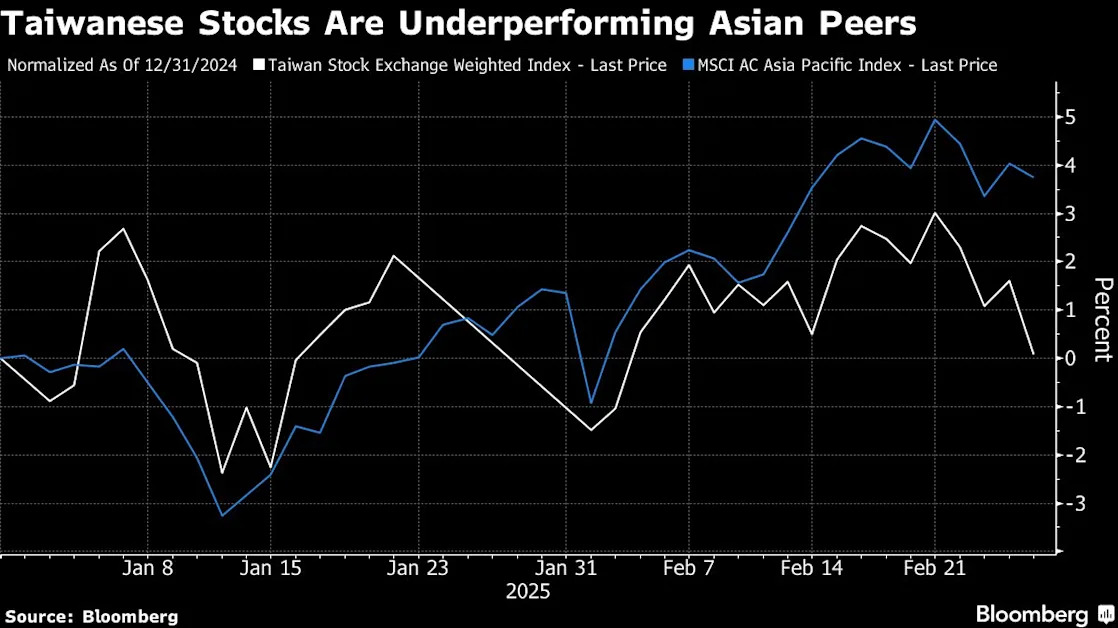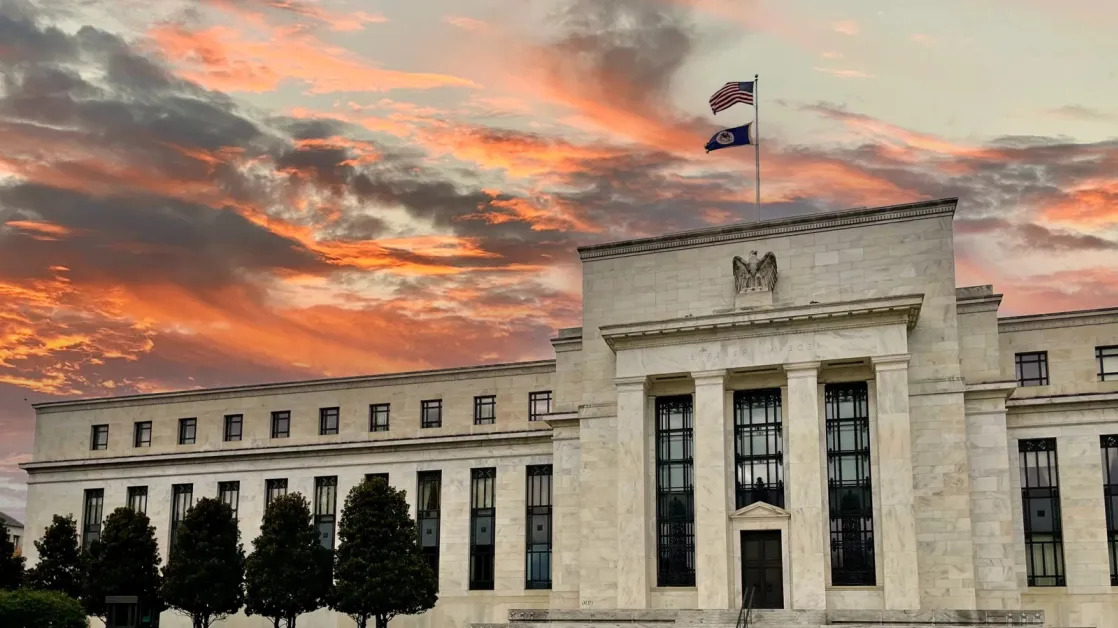Southeast Asia’s leading ride-hailing platform still hopes it can find growth in the region’s crowded delivery space, even if tough competition and inflation makes it harder to attract new users.
In an earnings call with analysts, Grab CEO Anthony Tan called Southeast Asia is still a “severely undertapped” market; even as the ride-hailing firm hits an all-time high of 44 million monthly transacting users, Tan says Grab is still serving just one in 20 Southeast Asians.
On Friday morning, Grab reported $764 million in revenue and an $11 million profit for the quarter ending Dec. 31, 2024. It’s a rare quarter in the black for the ride-hailing company, which has only ever posted two previous profitable quarters since becoming a public company in December 2021.
Yet despite the good news, shares plunged by over 10% in after-hours trading due to a disappointing revenue forecast for the coming year. Grab expects to generate between $3.33 billion and $3.4 billion in revenue for the coming year, which would be around 20% higher than its 2024 revenue of $2.8 billion.
Grab shares hovered at $4.73 in after-hours trading, down from the market close of $5.34.
Chief financial officer Peter Oey told Bloomberg that Grab takes “a more conservative view” when it gives guidance, and that its forecasts tend to improve as the year progresses.
Grab, No. 152 on Fortune’ s Southeast Asia 500 , is the region’s dominant ride-hailing and delivery platform, yet faces competition from players like the Indonesian platform GoTo or DeliveryHero’s FoodPanda platform.
A crowded market is forcing Grab to spend big on winning new customers. Spending on consumer incentives grew by 20% over 2024 to reach $1.1 billion.
In a call with analysts, Oey defended the incentives as a way to attract users to Grab’s newest products.
Overall, Grab reported $2.8 billion in 2024 revenue, a 19% increase. The company also narrowed its 2024 losses to $158 million, compared to $485 million in 2023. Grab has yet to make an annual profit.
Grab is expanding to new services like financial services and expanding grocery delivery. On the call with analysts, chief operating officer Alex Hungate suggested that grocery deliveries were growing faster than food deliveries.





